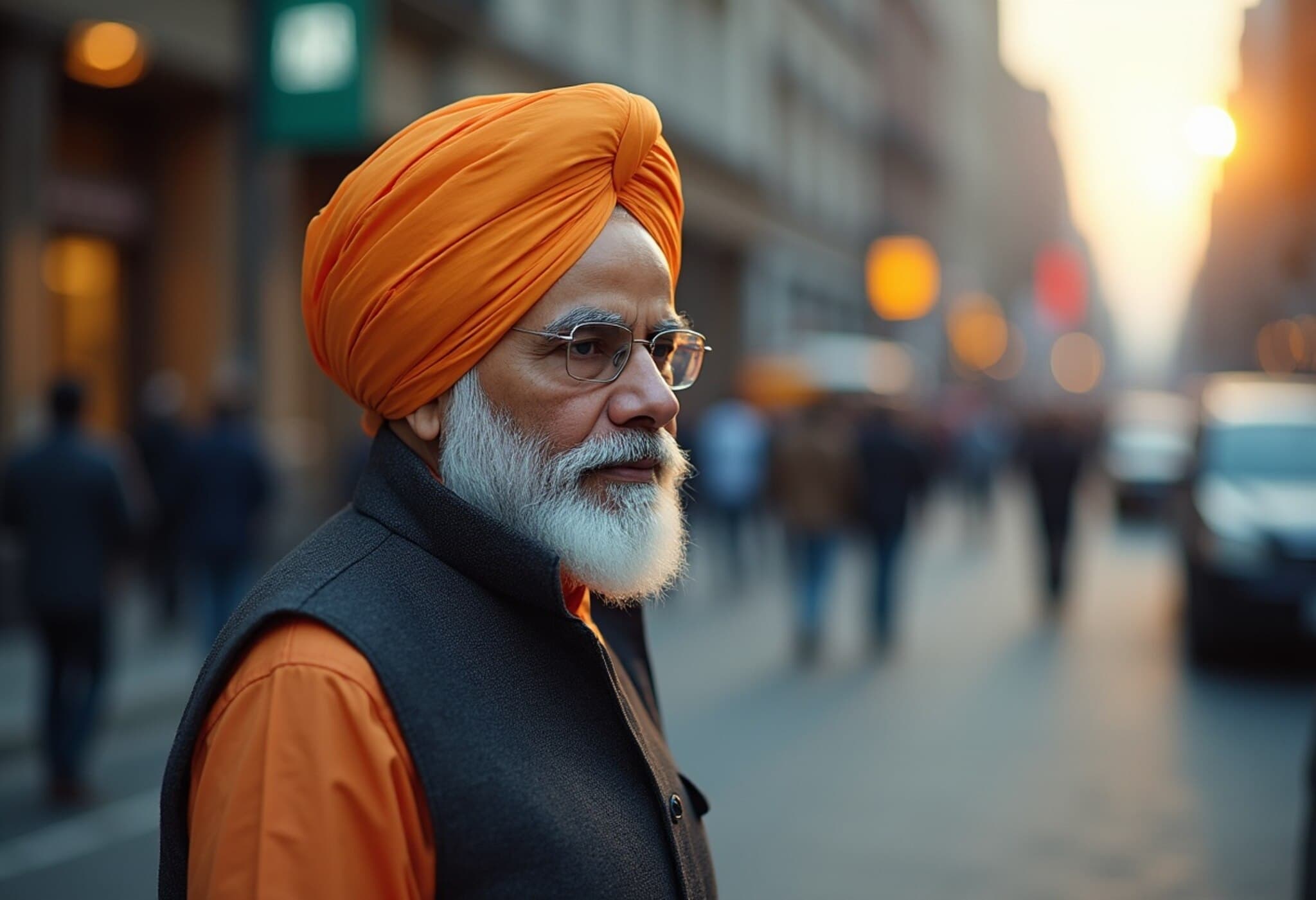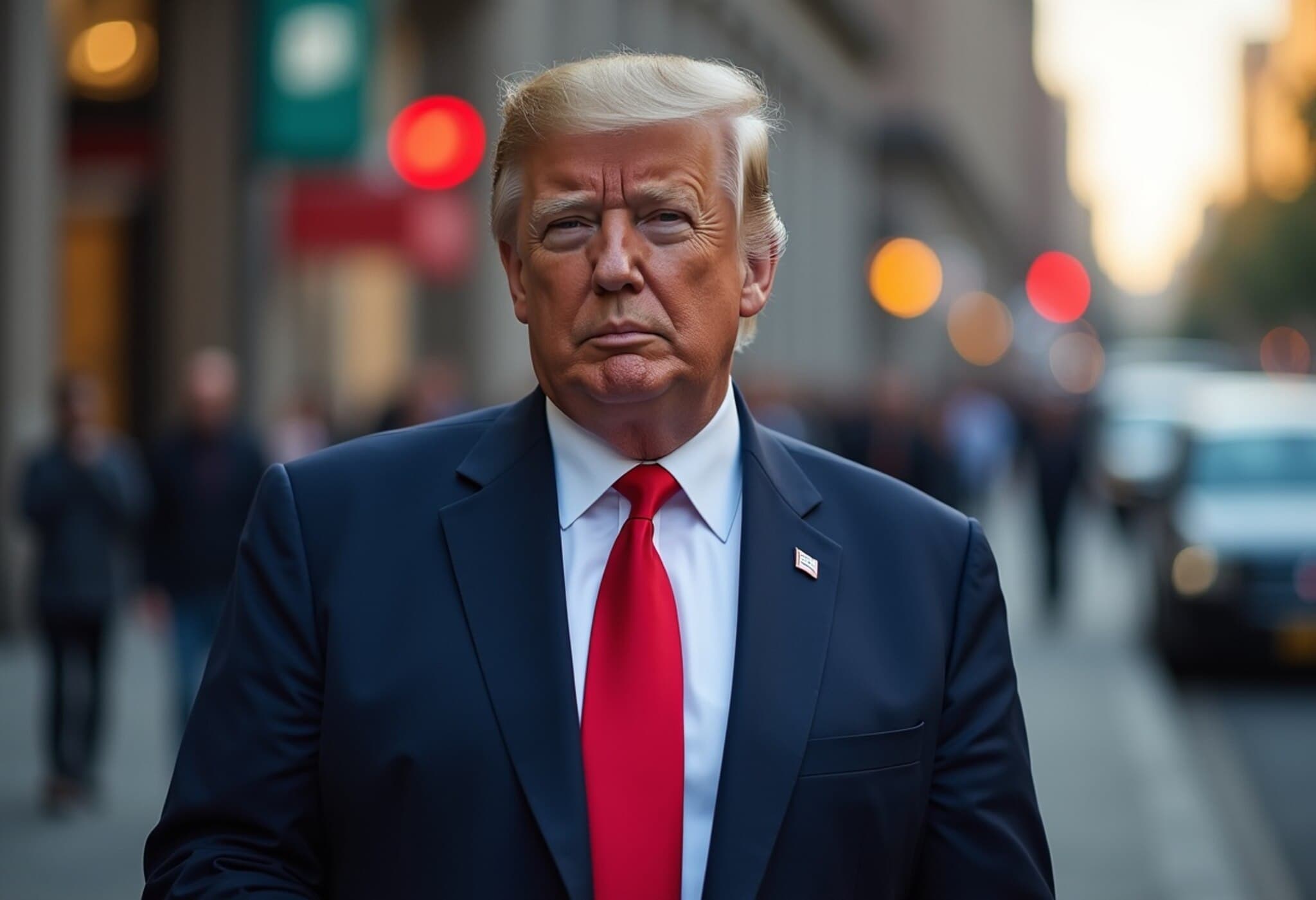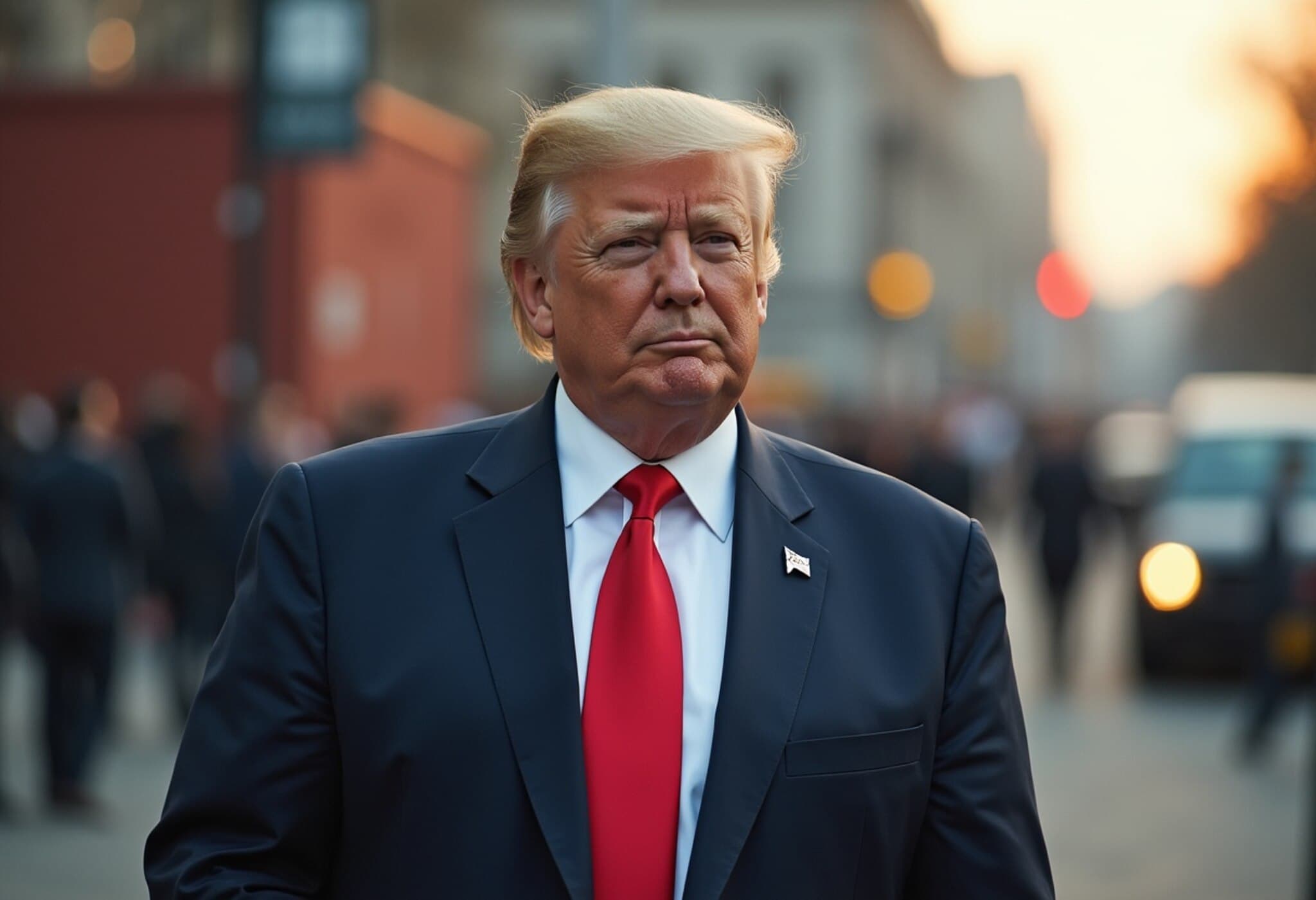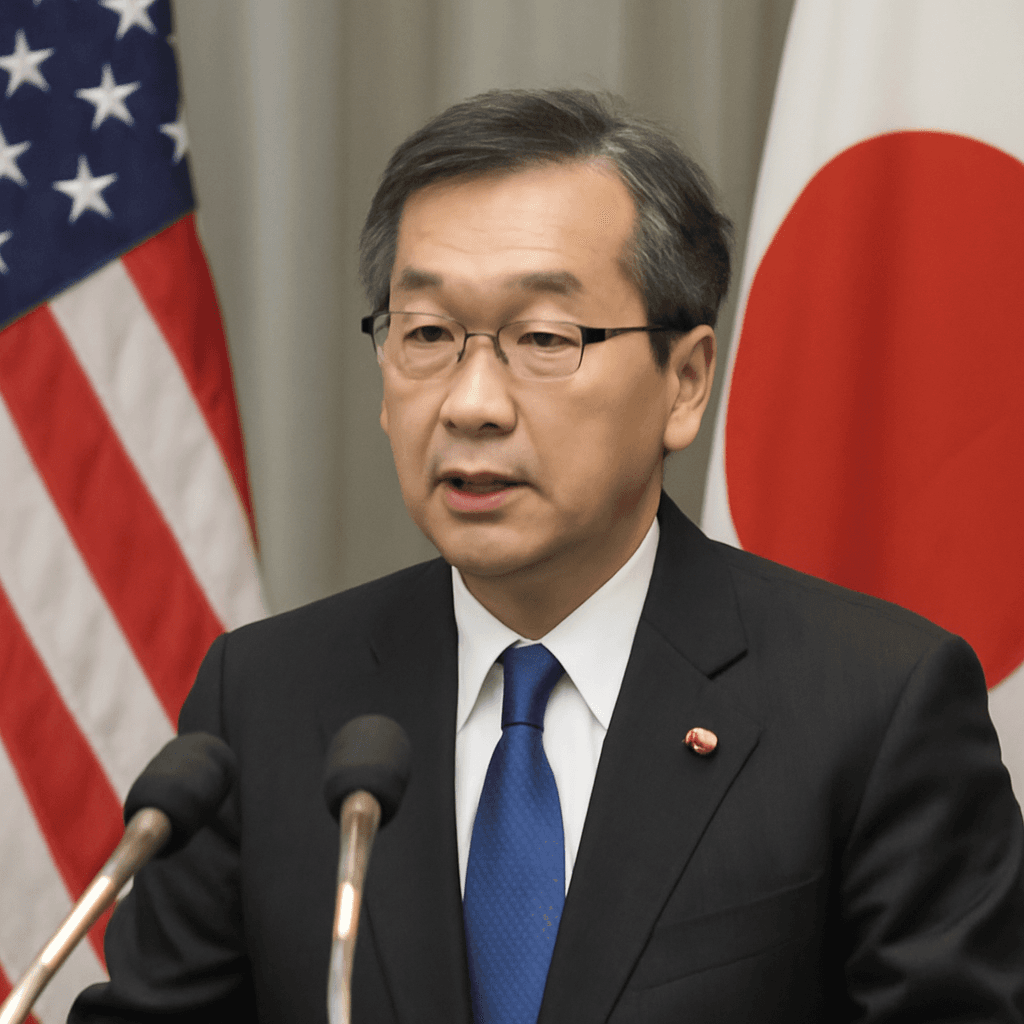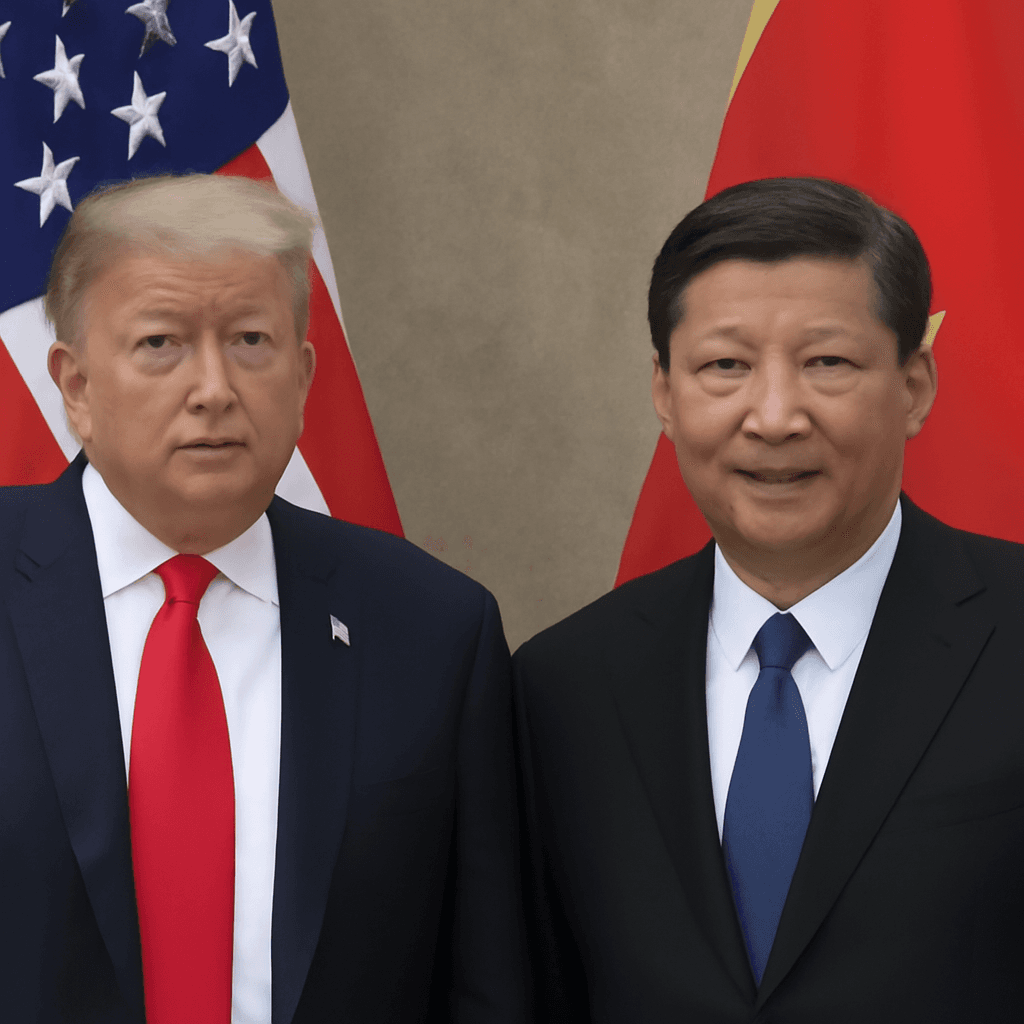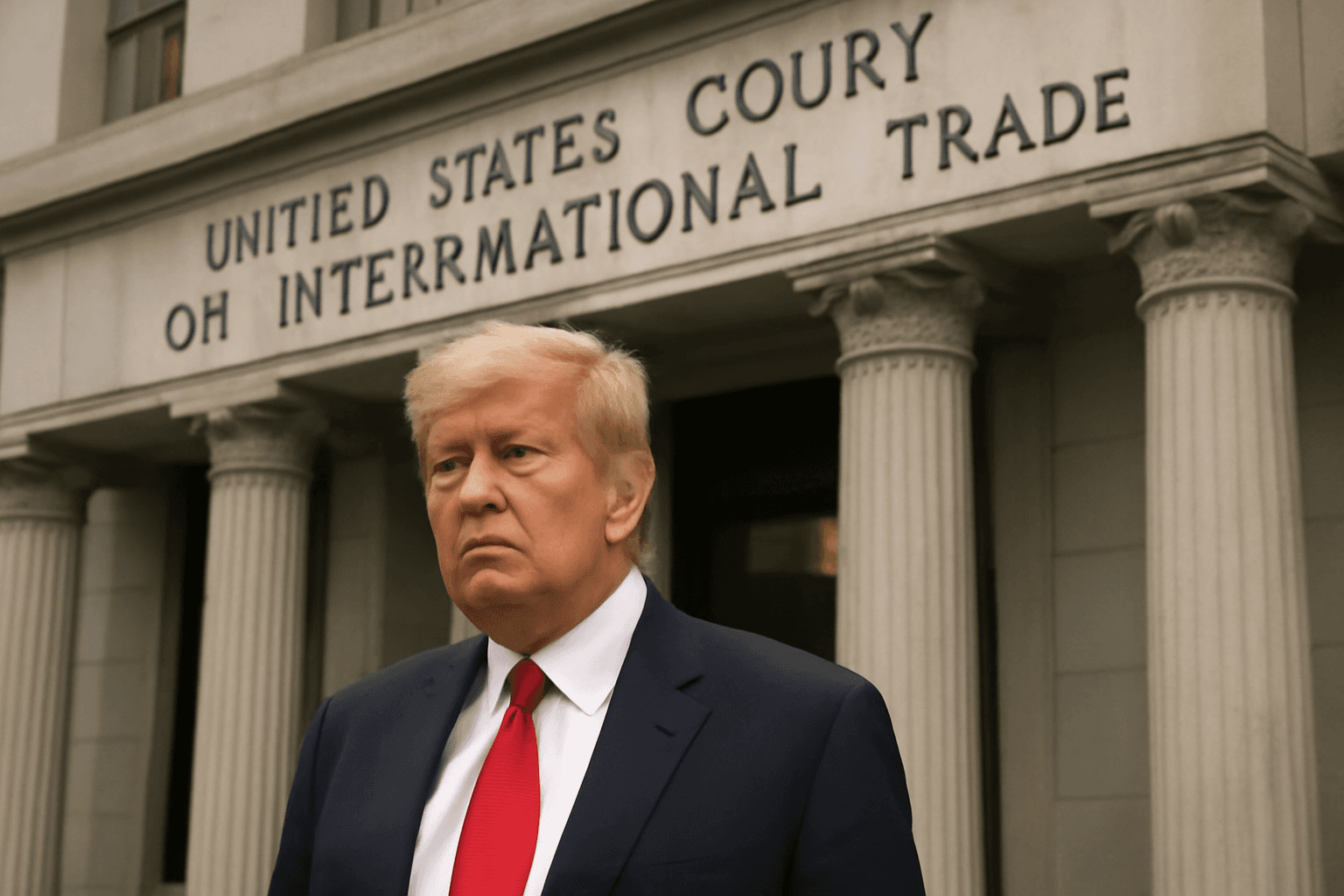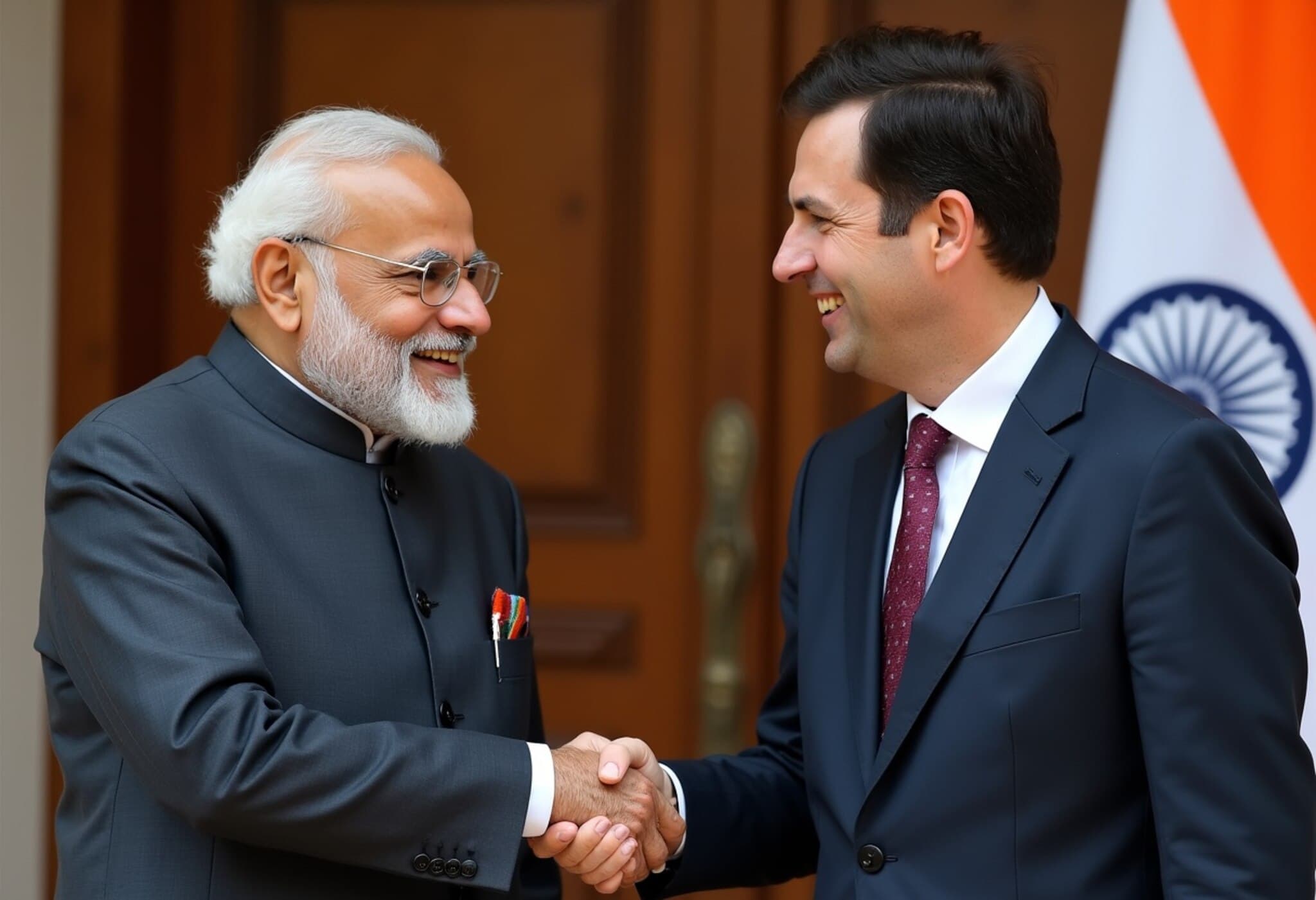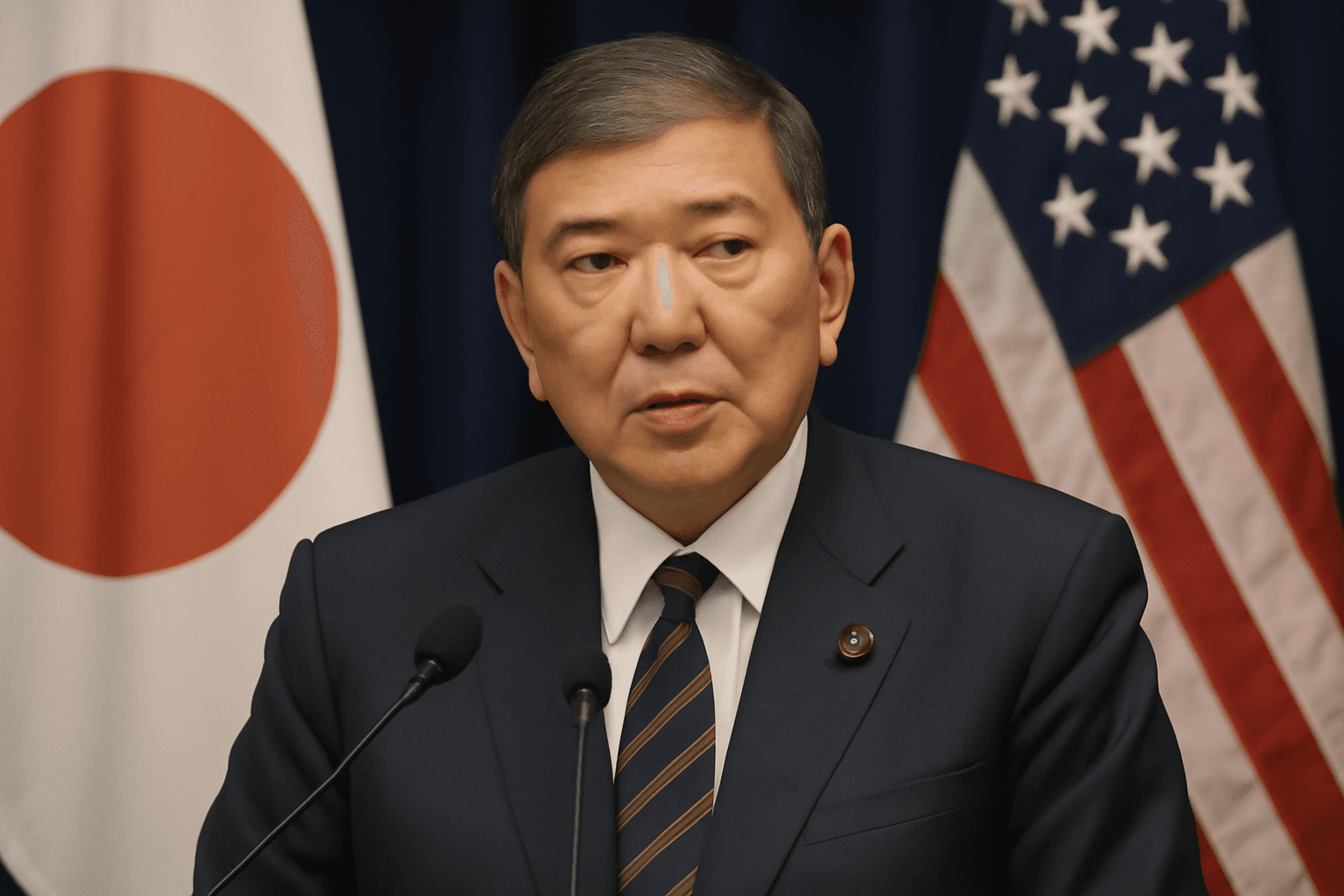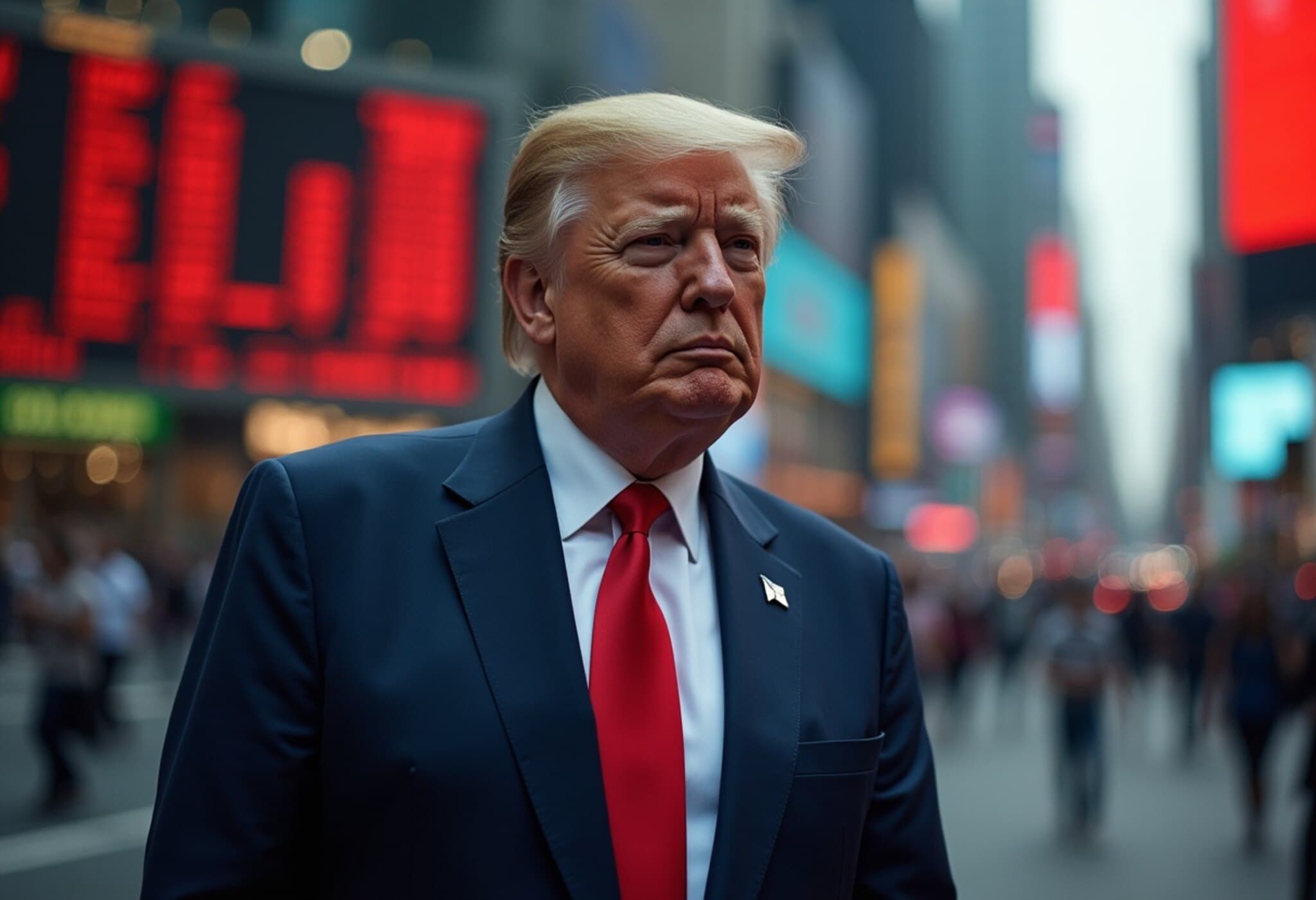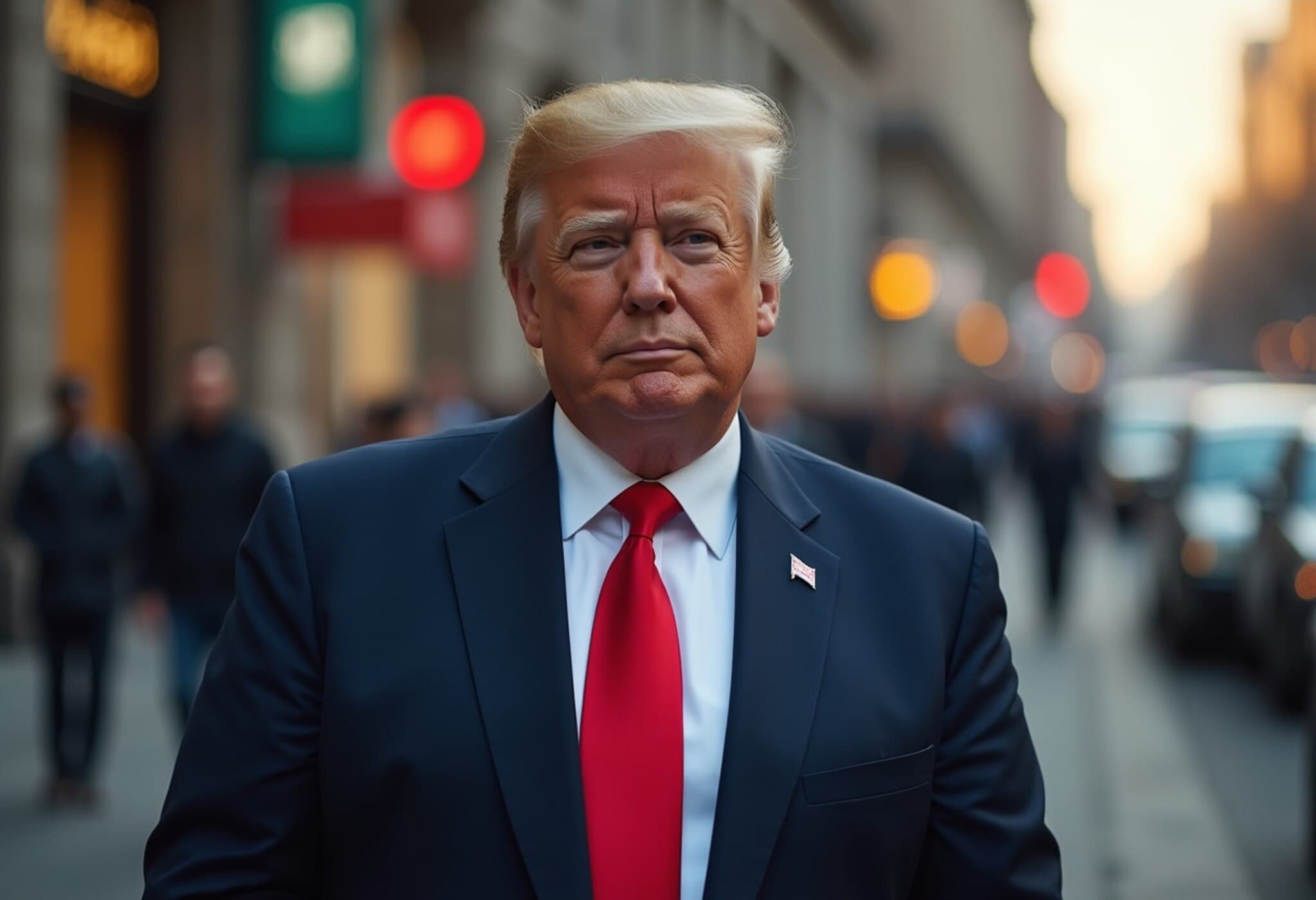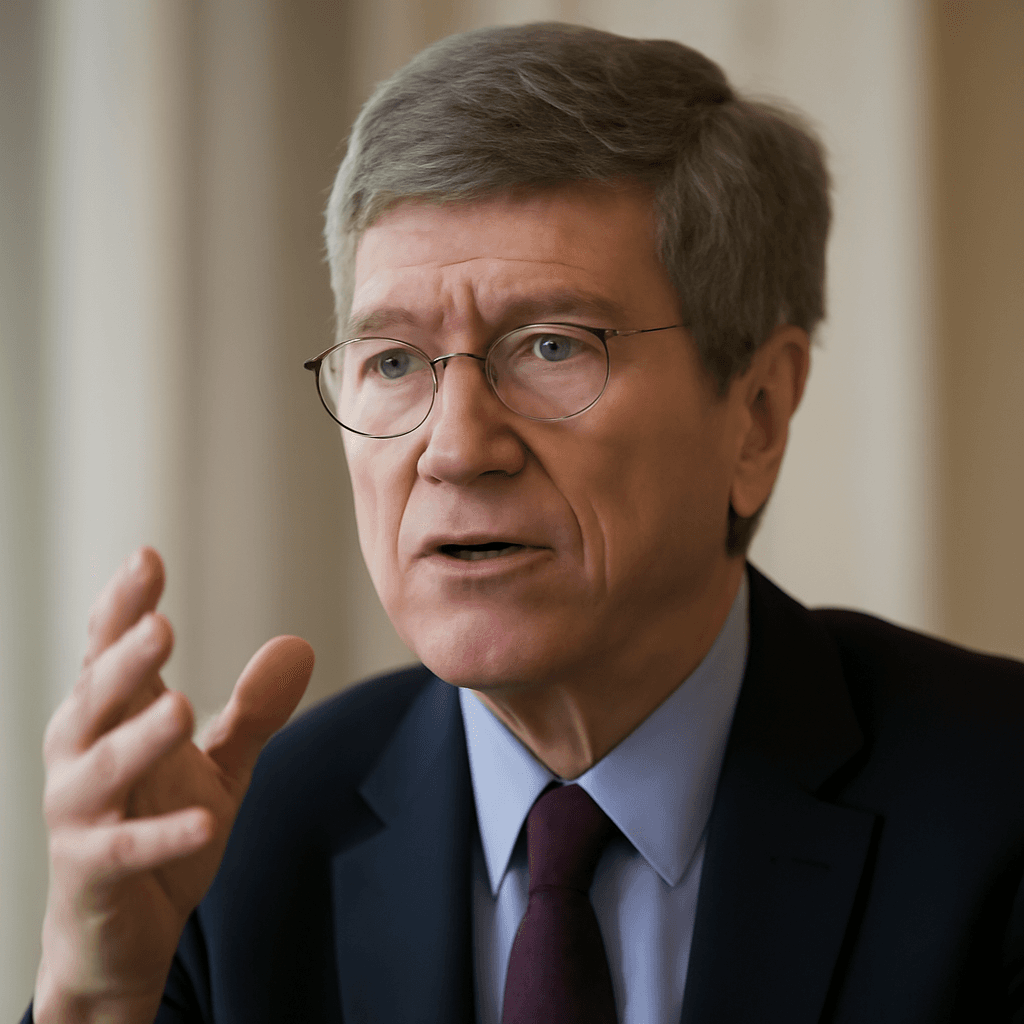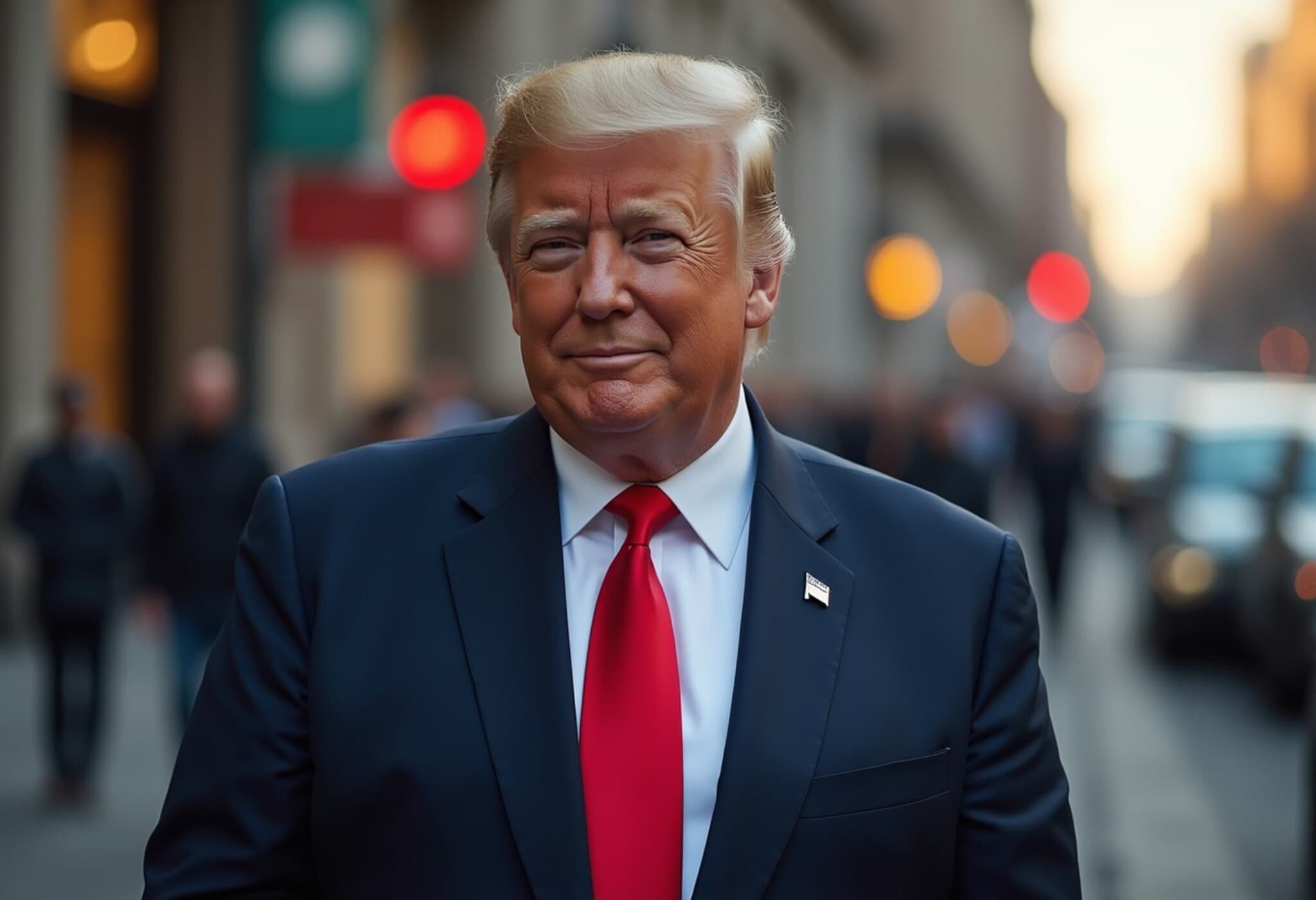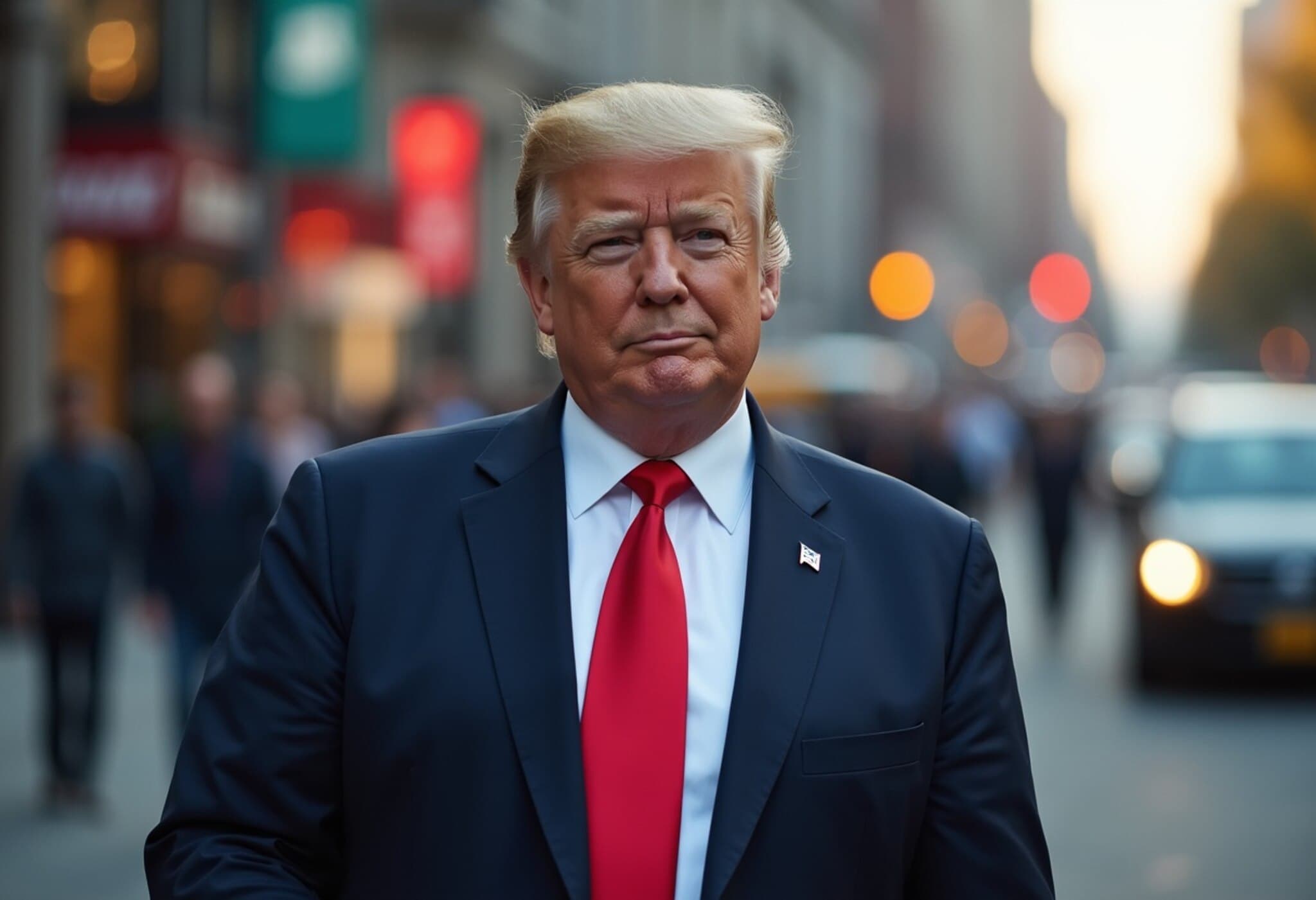US Tariffs Could Jeopardize Majority of India’s Exports
In a significant development impacting global trade dynamics, the Narendra Modi-led Indian government has informed the Parliament that nearly 60% of India’s exports to the United States, valued at $48.2 billion, are vulnerable to newly imposed American tariffs. These tariffs, introduced under former US President Donald Trump's administration, aim to penalize countries purchasing Russian oil and have sweeping implications for India’s export-driven sectors.
Details of the Tariff Implementation
The United States imposed a 25% tariff on certain imports from India on July 31, 2025, followed by an additional 25% tariff on August 6, 2025. This move targets imports from over 60 countries, with India among the most affected due to its extensive trade connections with the US market.
According to Jitin Prasada, the Union Minister of State for Commerce and Industry, the $48.2 billion figure corresponds to the total value of Indian goods susceptible to these tariffs based on 2024 trade data. Indian exports to the US amounted to around $80 billion last year, placing the tariff exposure at nearly 60% of the export volume.
Implications for the Indian Economy
The United States stands as India’s largest export destination, accounting for approximately 17-18% of Indian exports overall. Key sectors at risk include pharmaceuticals, textiles, and engineering goods—industries that not only contribute significantly to India’s trade surplus with the US but also employ millions across the country.
Economic forecasts, including those by Bloomberg Economics, anticipate that these tariffs could reduce India’s GDP growth by about 1% during the 2025-26 fiscal year, underscoring the broader economic ripple effects beyond just trade figures.
Government Response and Strategic Outlook
While Union Minister Prasada did not specify any retaliatory tariffs or countermeasures at this stage, he emphasized the government’s commitment to safeguarding national interests. This includes protecting the welfare of farmers, workers, entrepreneurs, and MSMEs, alongside robust export promotion and trade diversification strategies.
In an effort to cushion the blow, the Indian government is also exploring adjustments to the Goods and Services Tax (GST) framework. These changes aim to stimulate consumption-led growth and offset some of the economic pressures resulting from the tariffs.
Expert Insight: Navigating Complex Trade Tensions
From a policy analyst’s perspective, this situation exemplifies the delicately interconnected nature of global trade and geopolitics. The tariffs not only reflect ongoing tensions around global energy politics and supply chains but also raise urgent questions about how emerging economies like India can balance geopolitical pressures with economic growth imperatives.
Furthermore, the US-India trade relationship remains crucial; the imposition of such steep tariffs could catalyze shifts in global supply chains, pushing India to accelerate diversification to other markets like the European Union, ASEAN countries, and Africa. It also spotlights the need for strategic trade diplomacy and enhanced bilateral negotiations to mitigate these risks.
Summary: A Crossroads for India’s Export Economy
- 60% of India’s exports to the US, worth $48.2 billion, face 50% tariffs.
- Key sectors impacted include pharmaceuticals, textiles, and engineering goods.
- Economic growth could slow by approximately 1% in 2025-26 due to these tariffs.
- The government is committed to protecting exporters and exploring GST reforms.
- Calls for urgent diversification of export markets and diplomatic engagement intensify.
Editor’s Note
The unfolding tariff imposition presents a critical test for India's economic resilience and strategic trade posture. As the government navigates uncharted waters, the path it charts will likely influence India's global economic role for years to come. Readers should consider how such trade disruptions reflect wider shifts in geopolitical alliances and what this means for consumers, businesses, and policymakers worldwide.

